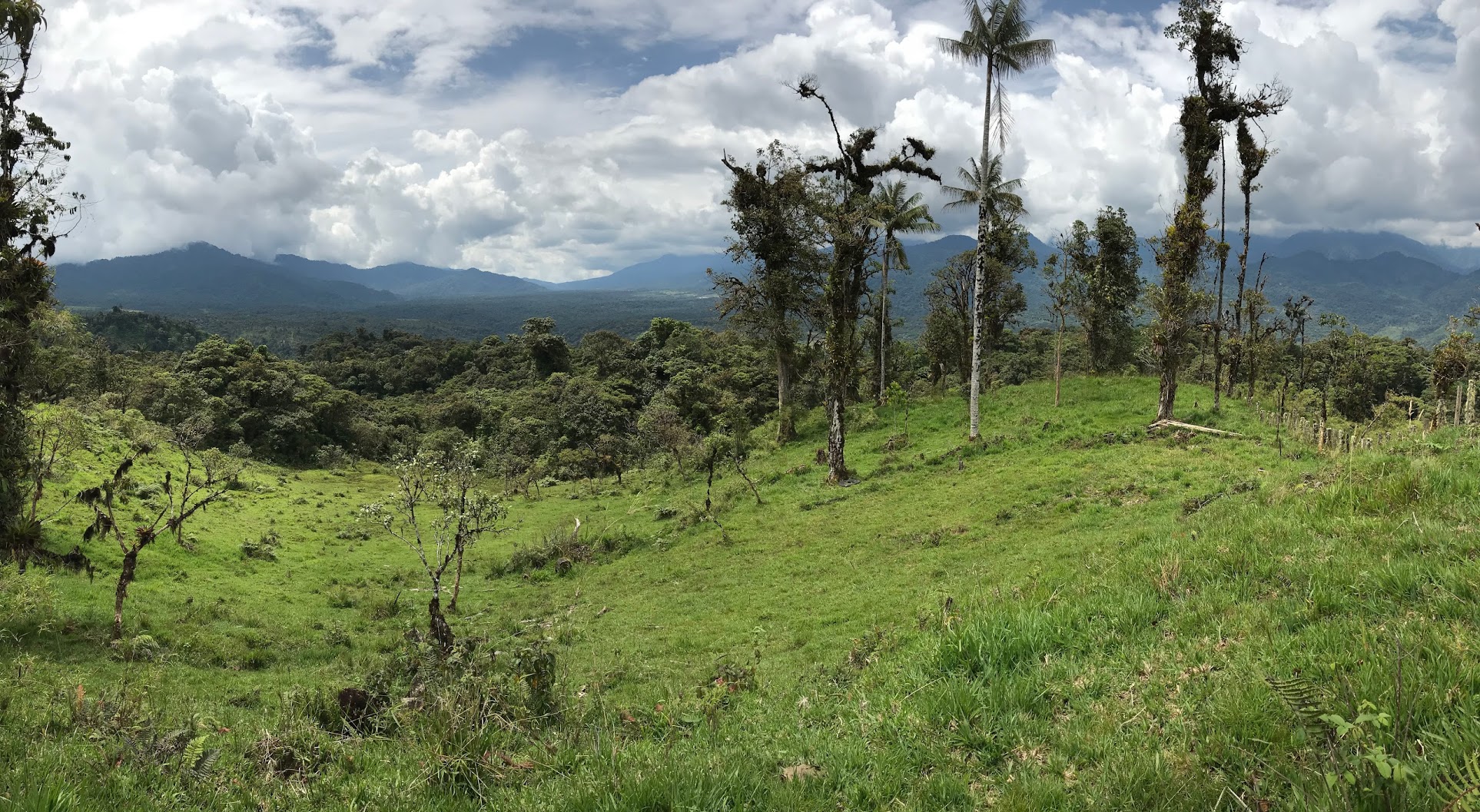The general aim of the project (2005-2006) was to generate baseline information about the genetic variation and structure of the Venezuelan Andean Bear populations to be used in the development of a conservation strategy for the species and its remaining habitat. To achieve such final goal the project has several objectives:
- Determine spatial genetic patterns within and among populations (genetic variability and discontinuities);
- Establish the number and distribution of distinct populations (ESUs);
- Explain observed genetic patterns in relation to landscape variables (topography, habitat types, human intervention, size of habitat block, distance among blocks, etc).
The methodology was divided in three basic stages: field sampling, DNA microsatelites analysis, and within and among population genetic variation analysis and geoestatistical analysis.
The project has produced two protocols that increase the research teams’ ability to gather non-invasive hair samples in the field and increase the probability of DNA amplification success while analysing the samples in the laboratory. Moreover, the Venezuelan Government has adopted this project and the methodologies developed as its own program. The new “Monitoring of Andean bear population in the Venezuelan Andes Program” is a Ministry of Environment national Program using all the techniques and protocols developed for this project. Besides that, the techniques are being used in two additional projects that focus on the survey and monitoring of Andean bear populations using non-invasive techniques.


